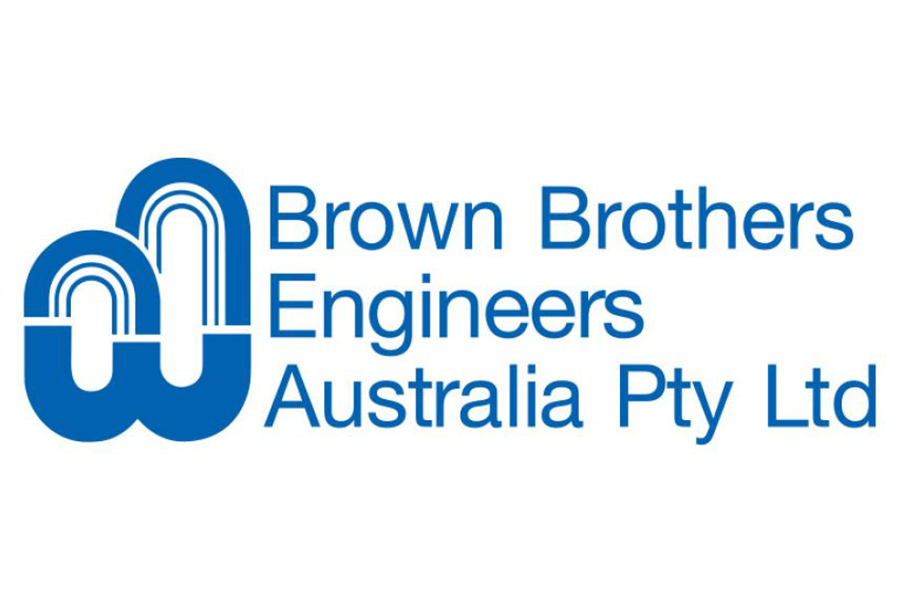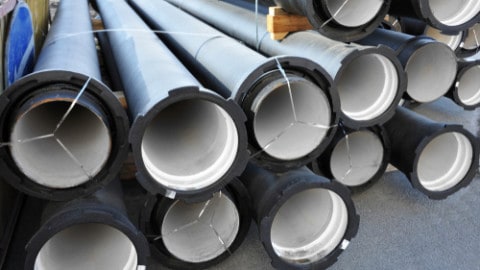A proposed Verdant Mineral Limited phosphate project — including new pipeline infrastructure and borefield—has been deemed environmentally acceptable by the Northern Territory Environment Protection Authority (NT EPA).
The proposal is to construct and operate the Ammaroo Phosphate Project, located approximately 270km north-east of Alice Springs. Key elements of the proposal include:
- A phosphate mine, processing plant and surface tailings storage facility
- An infrastructure corridor accommodating a 105km rail spur (connecting to the Adelaide to Darwin railway line) and a 137km underground gas pipeline (connecting to the Amadeus gas pipeline)
- A borefield and 12km pipeline for water supply
- Supporting infrastructure
- The realignment of approximately 12km of the Murray Downs Road to bypass the mine site
NT EPA Chairman, Dr Paul Vogel, said the NT EPA identified potentially significant environmental impacts and risks associated with the Ammaroo Phosphate Project and made 12 recommendations to avoid and mitigate these, including regular audits and peer reviews of critical aspects of the project by independent experts, and public transparency of the mine’s water management.
The expected mine life is 25 years, with an additional two years for closure and rehabilitation. The mined-out pits will be progressively rehabilitated. The mine will have a construction workforce of up to 300 people with an operations workforce of up to 150.
Beneficiation (processing) will occur on site, producing up to 2Mt/y of 32 per cent phosphate rock concentrate that will be transported by rail to the Port of Darwin for export.
Water will be sourced from the Georgina Basin carbonate aquifer. The NT EPA identified the proposed groundwater abstraction of 3.6GL/y as substantial, and paid particular attention to potential impacts on groundwater resources and associated environmental values in the arid zone of the NT where the proposal is located.
The NT EPA’s key recommendations focus on ensuring leading practice in the management of groundwater resources, rehabilitation and closure, and community engagement, in order to provide a high level of confidence that the proposal will meet the NT EPA’s environmental objectives.
In addition to stringent monitoring and mitigation measures, the NT EPA recommended full transparency in relation to the mine’s groundwater abstraction through stakeholder consultations and public disclosure of all water management plans and annual reports.
Although initial investigations indicate that mined and processed materials will be unlikely to produce saline, acid or metalliferous drainage, the NT EPA recommended a stringent precautionary approach to avoid, minimise and immediately mitigate any off-site effects from the proposed mine.
The NT EPA supports the proposed progressive rehabilitation of the mine, and has made recommendations to ensure that mine closure planning is thoroughly considered prior to authorisation of the proposal and on an ongoing basis throughout the mine life, including appropriate stakeholder consultation and an agreed post-mining land use.
“The NT EPA considers that, subject to the implementation of all recommendations and the commitments and safeguards listed in the proponent’s Environmental Impact Statement, the proposal can be managed in a manner that is likely to meet the NT EPA’s objectives, and avoid significant or unacceptable environmental impacts and risks”, Dr Vogel said.

















